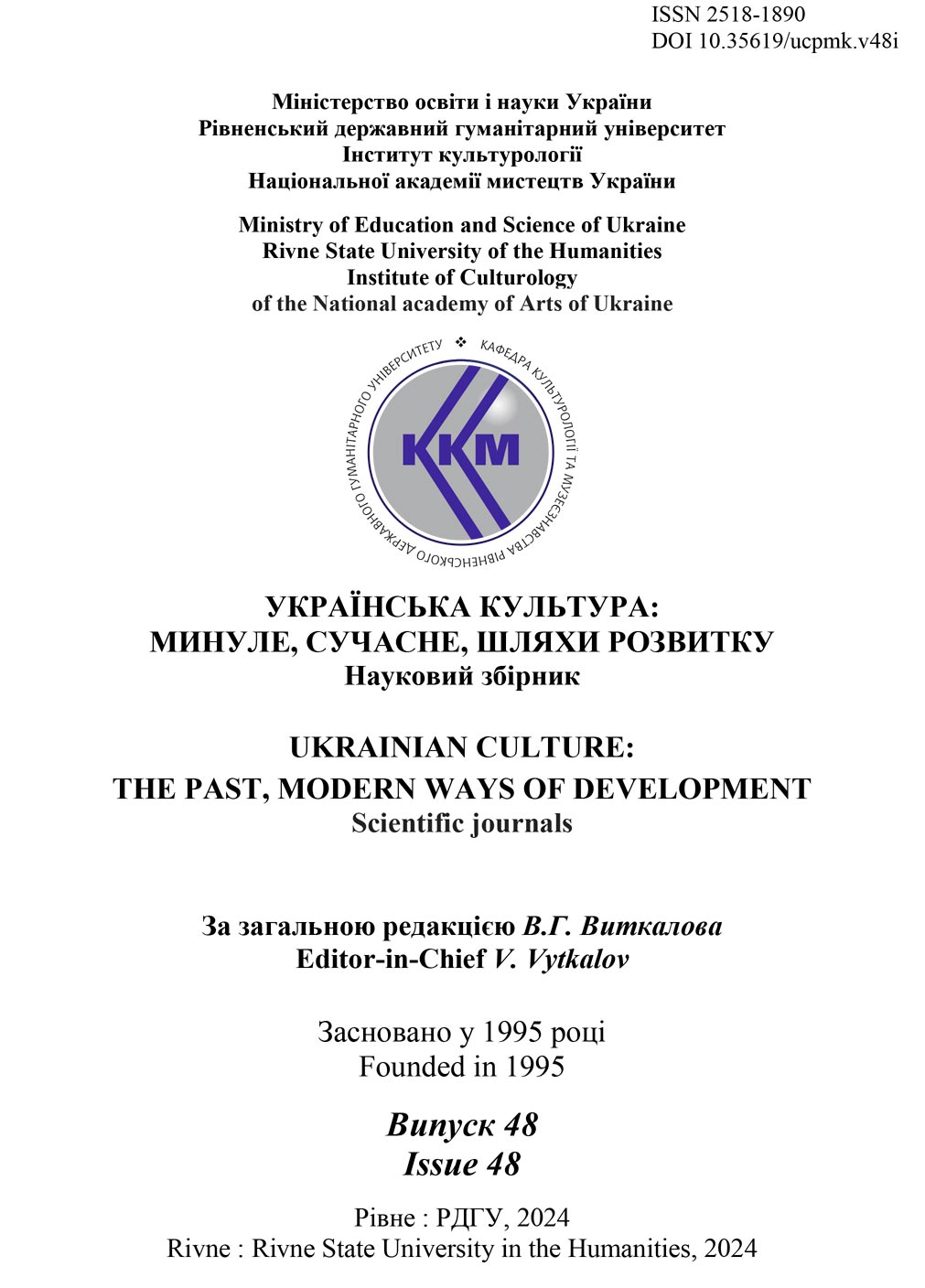КЕЛЬТСЬКИЙ РЕНЕСАНС КРІЗЬ ПРИЗМУ ВІКТОРІАНСЬКОЇ ЕПОХИ
DOI:
https://doi.org/10.35619/ucpmk.v48i.763Ключові слова:
кельтське відродження в вікторіанської Англії, унікальність кельтської культури, друїдична лінія, музичний стиль, жанр, кантата, симфонія, ірландська та англійська музична культури, модерн.Анотація
Визначено унікальність кельтської культури, її роль та місце в історії Британії. Підкреслено особливості кельтської християнської віри, що відрізнялася від інших аналогычних форм. Позначено, що кельтське відродження у вікторіанському періоді змінило уявлення про ірландську історію, наповнило англійське мистецтво кельтськими образами. Доведено що, кельтська культура – це синтез дохристиянських язичницьких та християнських вірувань з елементами кельтської героїки та глибоким духовним сенсом, іншим відчуттям Бога та особливими стосунками з природою. Доведено, що друїдична лінія стає провідною у творчості англійських письменників, поетів та композиторів ХІХ ст. Проаналізовано один із найвідоміших творів композитора Е. Елгара – кантата «Карактак», де у більшості частин кантати домінує друїдична тема. Охарактеризовано музичний стиль Ч. Стенфорда як поєднання ірландських та англійських елементів народної культури з класичними європейськими формами. Представлено детальний аналіз ірландської симфонії композитора Ч. Стенфорда. Підсумовано, що кельтське Відродження в вікторіанську епоху допомогло Британії прокласти шлях до модерну.




